When does currant begin to bear fruit after planting and what does this period depend on?
Currants are a fairly popular plant among summer residents. However, it often happens that there are fewer and fewer berries on the bush, although the plant looks quite normal. We will look at the characteristic features of currants, how long they live and when they begin to bear fruit.
When can you expect the first currant fruits after planting?
The beginning of currant fruiting depends on its varieties, rules of care and type. Due to the peculiarities of the shape of the bushes black And red currants begin their period of full fruiting in different ways.
This culture got its name because of its pungent aroma. Indeed, in the language of Ancient Rus', the word “currant” meant “rich smell.”
Chokeberry varieties
Already on next year after planting you can pick the first blackcurrants. However, full fruiting, characteristic of this species, begins with fourth year plant life.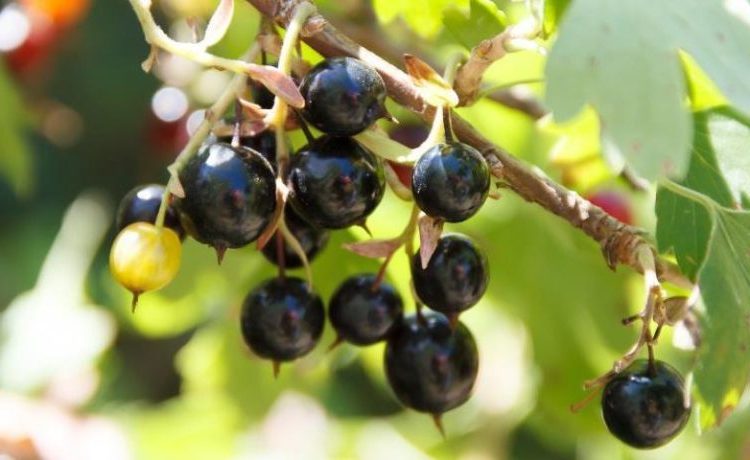
Being in one place, a black currant bush can produce a stable harvest throughout 12 years and more. And when quality care this culture can live much longer.
Red-fruited varieties
The first harvest of red currants can be harvested already at biennial plants. But the bushes begin to bear fruit fully at about sixth year after disembarkation.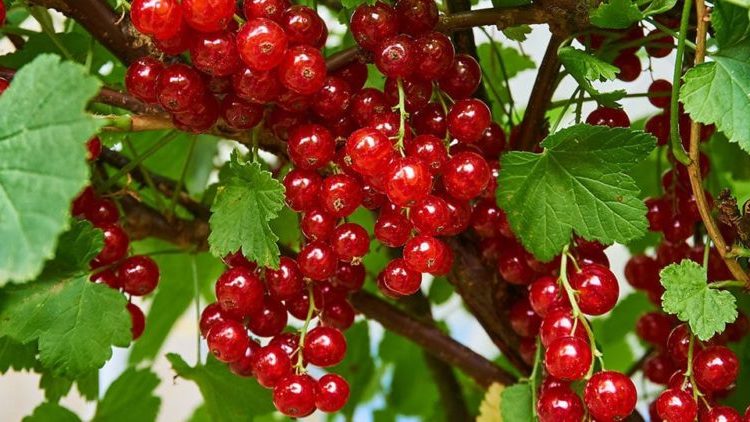
The plant can live and bear fruit in one place up to 25 years.
Aging of the bush and its signs
After about 5-6 years, black and red currant varieties need to cut branches. This is necessary to rejuvenate the bush. The very first and main sign of aging of a bush is a change in the color of the crown - it takes on a gray tint.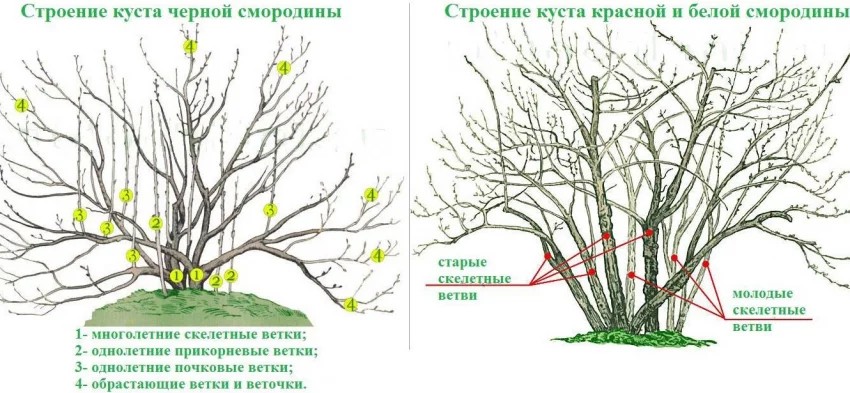
In aging shoots, the growth length decreases by 10-15 cm. The buds almost do not develop and, as a result, the fruit branches dry out.
Store fresh currants in refrigerator No more than a week is recommended.
Cessation of fruiting
Unfortunately, tasty fruits on currant branches may be absent not only because of age. There are several known reasons that can also lead to the premature end of the productivity of a given crop:
- non-compliance with agricultural technology rules;
- plant damage pests;
- excessive shading of the area where the bush grows.
Why does bush growth slow down?
The main reasons for poor bush development:
- unsuitable landing site;
- variety unsuitable for growing in your area;
- incorrectly selected fertilizers;
- plant diseases and insect attacks.
During periods of extreme heat, the place with the bush should be protected from direct sunlight. In order for a currant bush to actively grow and bear fruit, the soil must have normal acidity.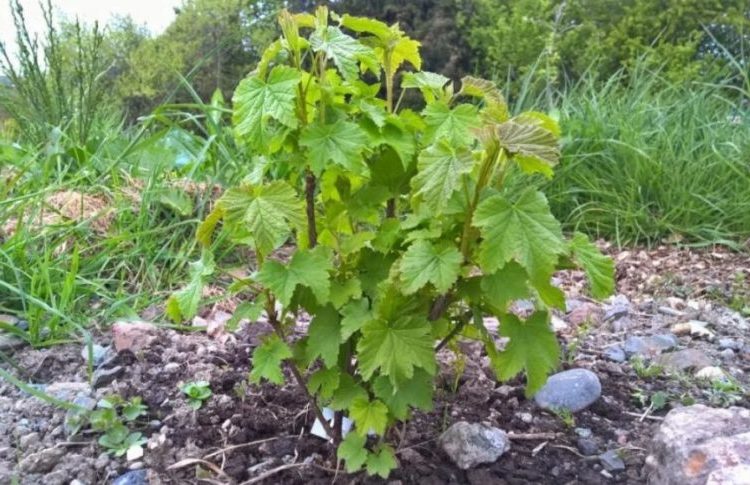
Before purchasing planting material, you must carefully familiarize yourself with the growing conditions of the selected variety. It is better to purchase seedlings in specialized stores.
In early March, it is recommended to apply nitrogen fertilizers, and in mid-September, fertilizers should contain potassium and phosphorus. It is important to monitor soil nutrition; it should be as balanced as possible. It is also important to periodically preventative tree pruningto avoid crowding of plantings.
To prevent pests or diseases, it is recommended to spray the bushes with fungicides.
How to extend the life of a plant
With timely and proper care, currants can bear fruit for up to 25 years. Basic rules for proper care:
- It is necessary to prune the bush annually. You also need to remove crooked or damaged shoots.
- If the productivity of the bush has sharply decreased, it is recommended to cut off all the old branches and pinch out the young shoots. It is important to periodically apply organic fertilizers.
Such very simple manipulations will extend the life of your currants. In addition to standard care methods, it is also important to monitor soil moisture, as well as loosen it and remove weeds.
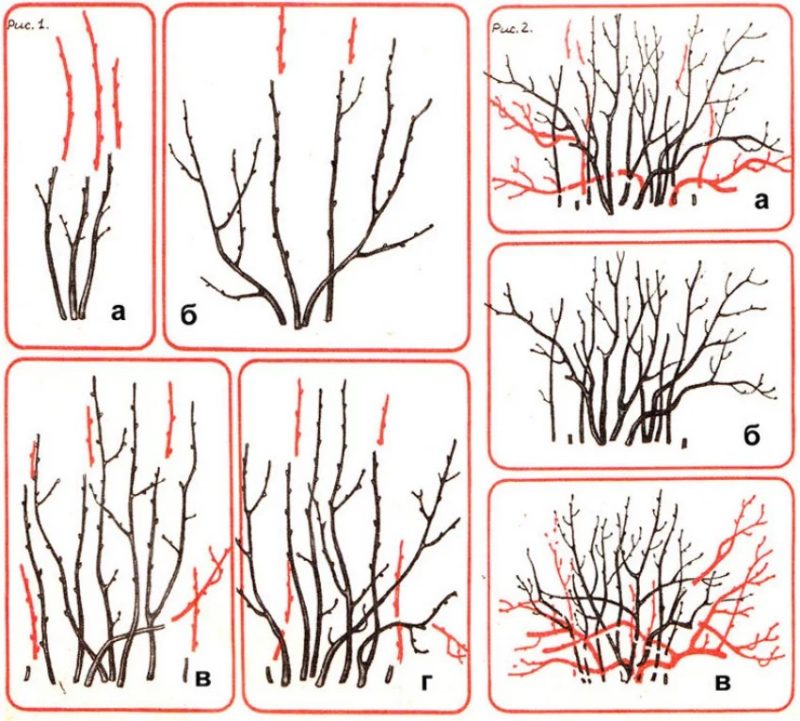
Red currants do not need to be pinched.
With proper and timely care for currants, they will delight you with a rich and tasty harvest.